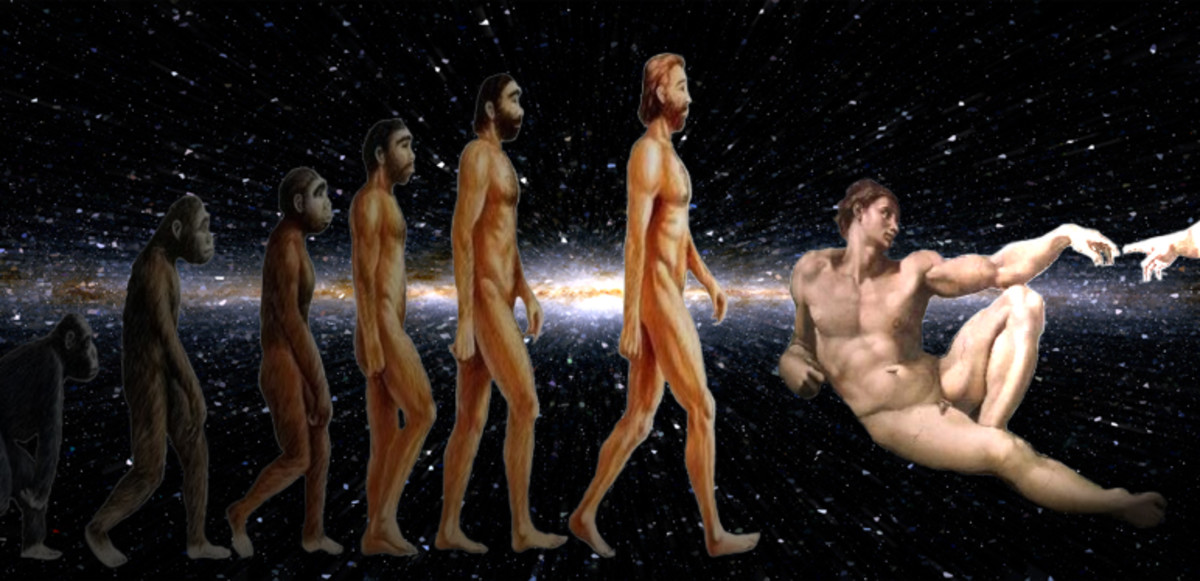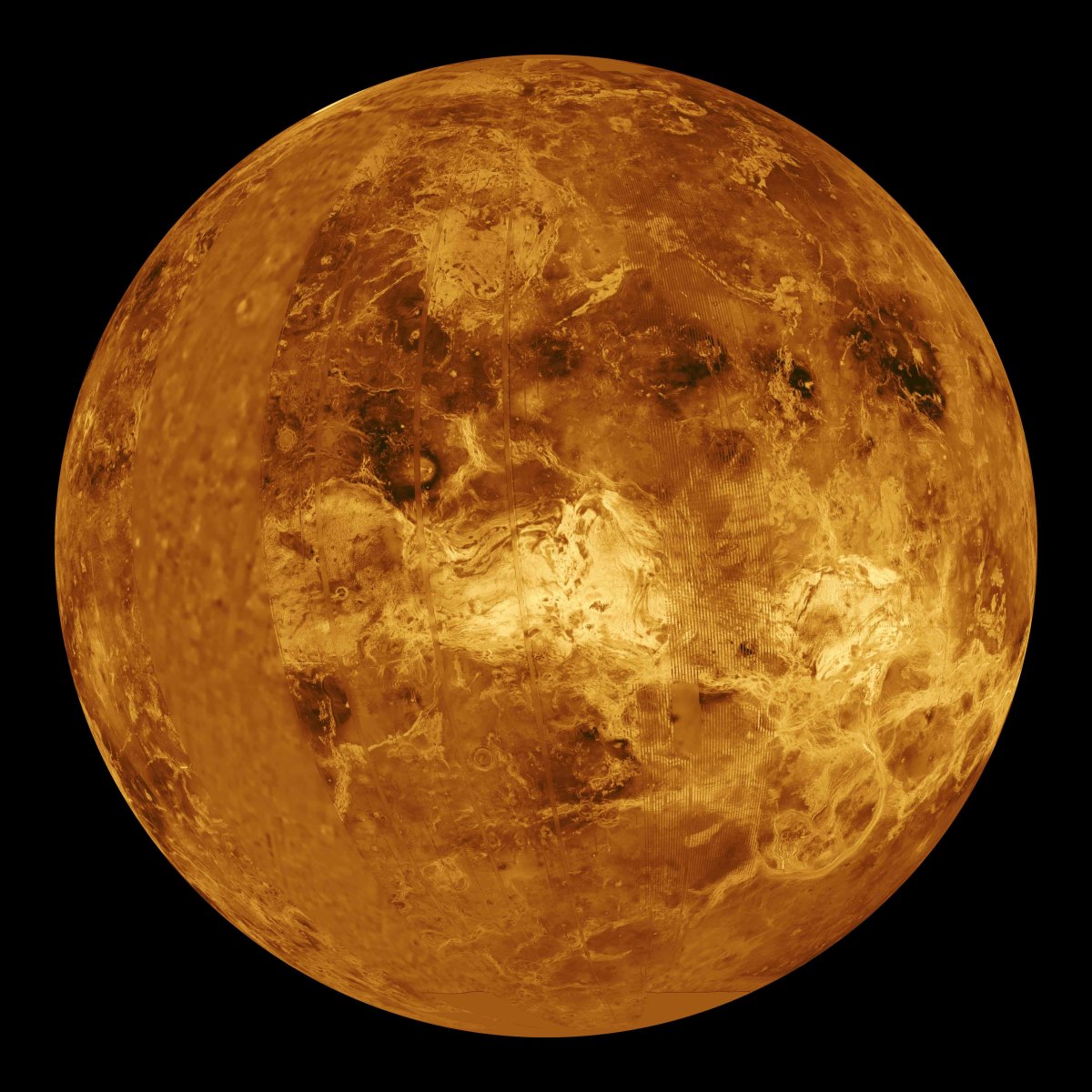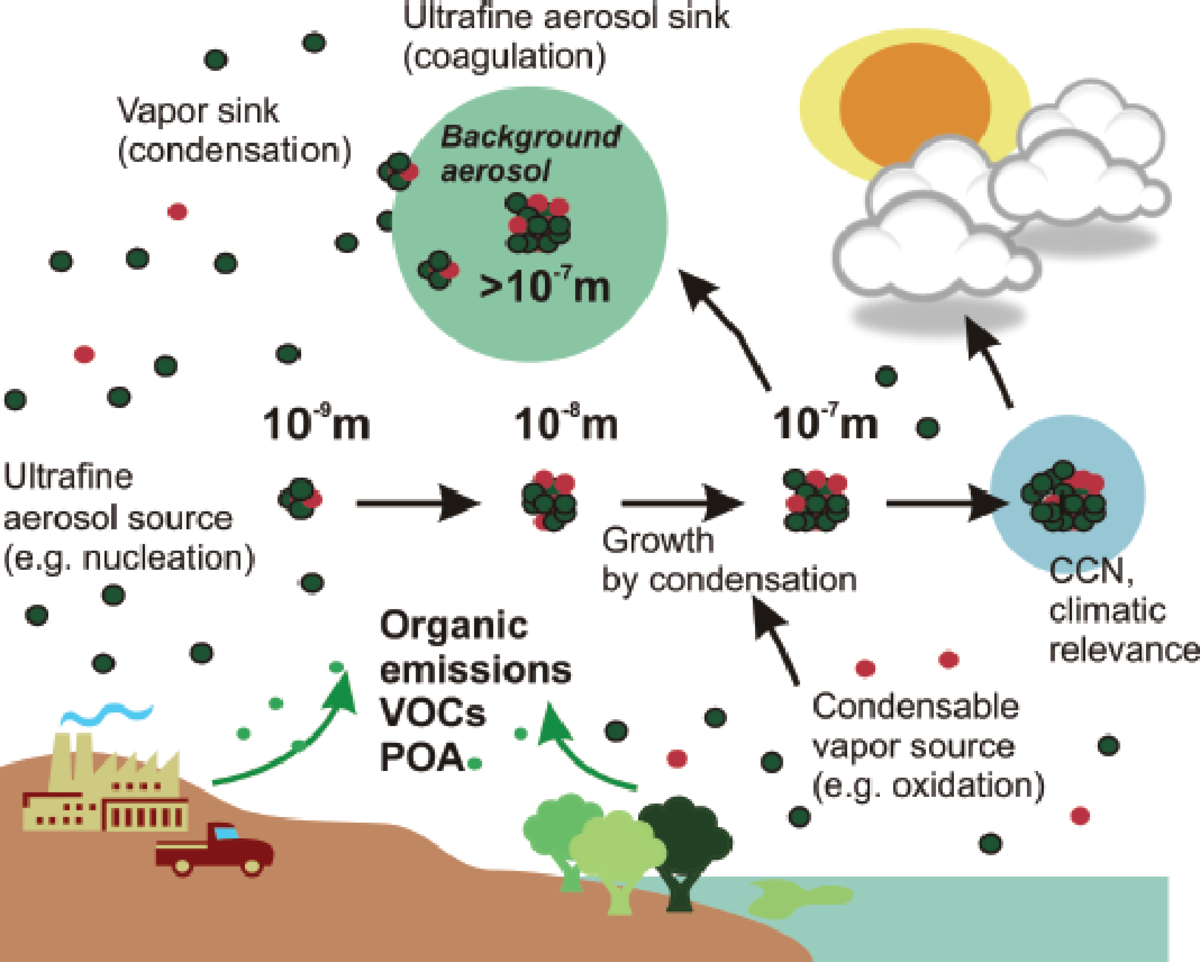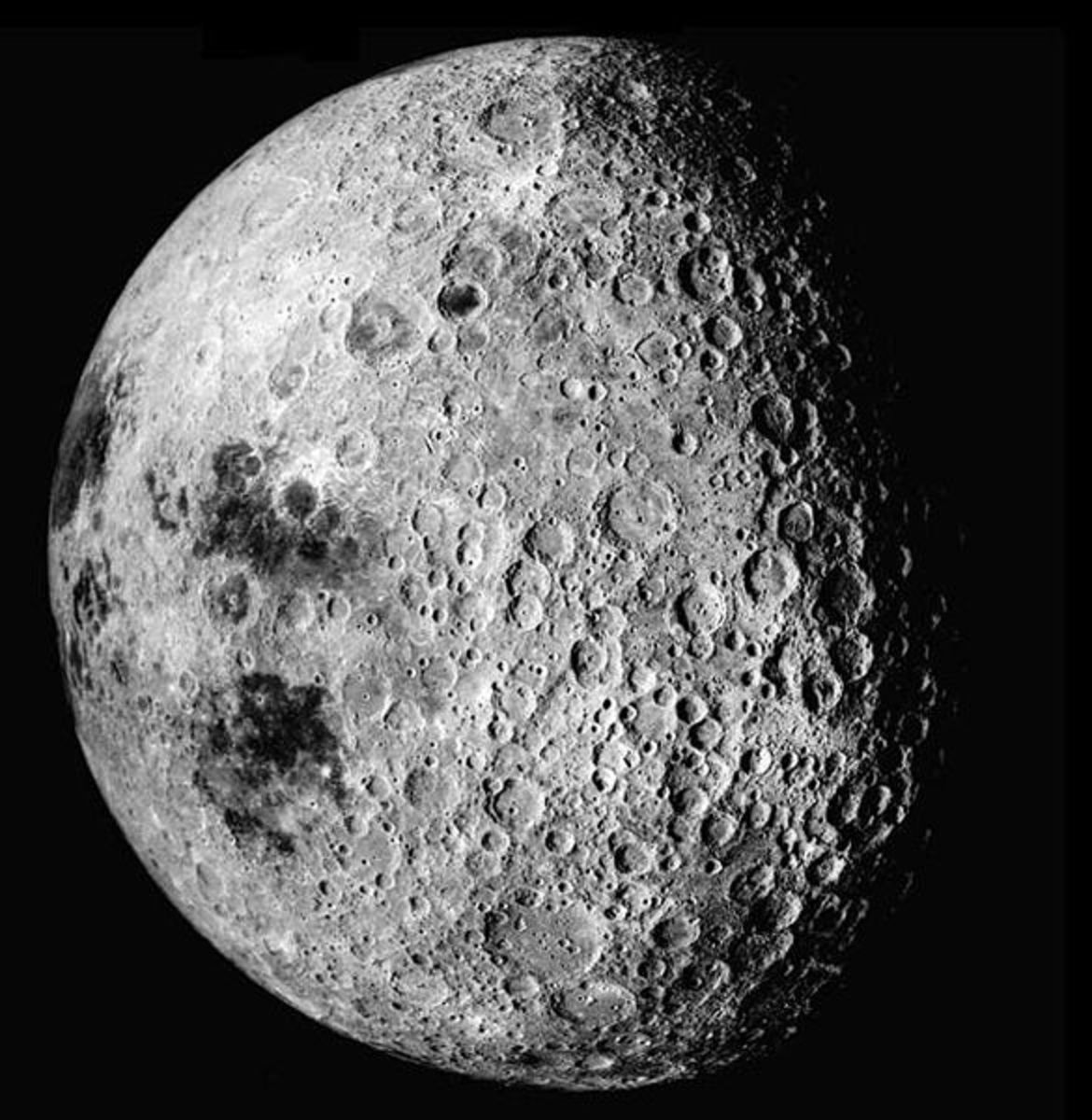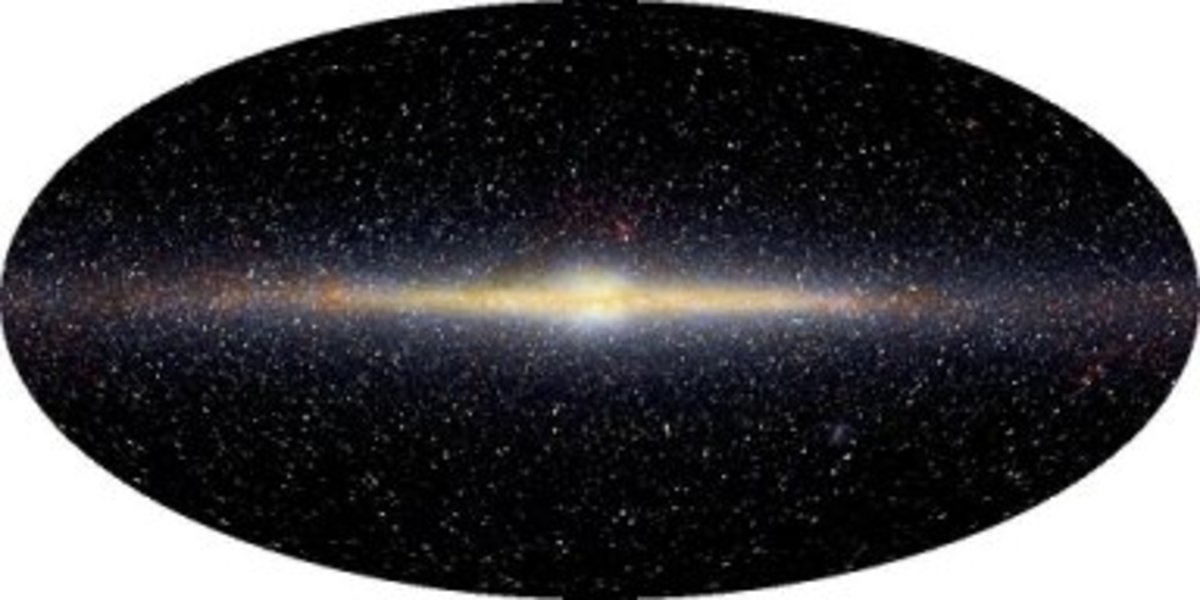Meteor Impact Event
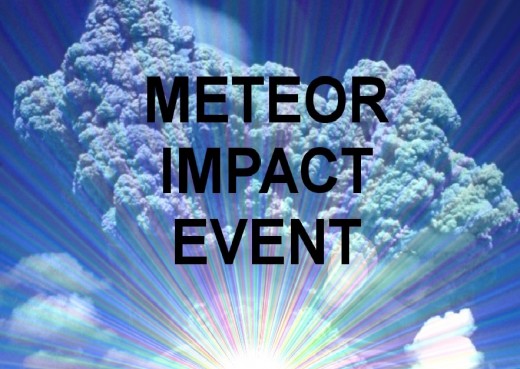
American Meteor Society
Meteor Impact Frequency on Earth
Meteor collisions with Earth happen on a daily basis. Small sand-sized particles that fall into the upper atmosphere and quickly burn into a brief ball of luminous fire and blaze out in an instant leaving a streak across the dark sky. You probably remember making wishes upon them, calling them falling stars. Millions of these bits of space debris fall into the Earth's atmosphere each day. Some can be larger and produce spectacular aerial light shows. More and more each year with the advent of CCTV, dash cams, and cell phone video these events are being recorded. But the destructive types happen over long periods of time. But they do happen and one or two may occur in your lifetime.
Meteor Compilation
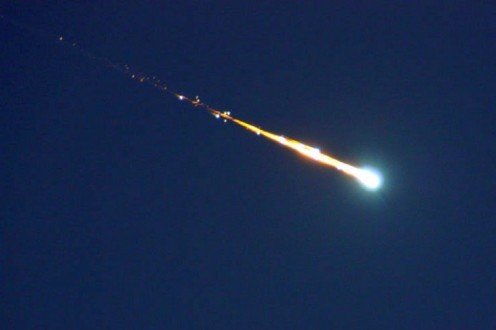
Bolide Meteors
Some are larger and produce spectacular fireballs blaring through the air. These types of meteoroids are called bolide or (explosive) meteors. About five hundred thousand of these explode in the atmosphere each year but most go unnoticed by people since they happen over the open ocean or during the day over unpopulated areas. These events rarely reach the ground disintegrating in their flight.
Superbolide
Superbolide meteors are meteors producing distinctly loud percussion blasts and ionized light in the high atmosphere. They occur about twice a year. This larger basketball to car sized objects burn up and explode with the force of thousands of tons of TNT in the atmosphere as they are moving with tremendous amounts of speed and kinetic energy.
Bolides Over Time
- BOLIDES - Visualizing meteorites
Thousands of meteorites have collided with the Earth since 2500 BC. 45,716 have been recorded. Only 1,107 have been seen falling.
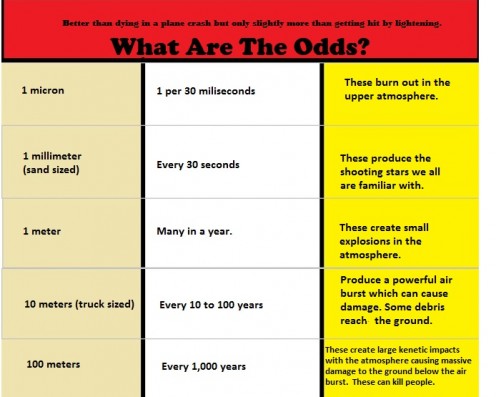
2013 Chelyabinsk Meteor Trace
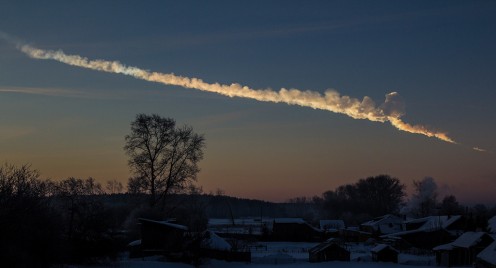
Russian Superbolide Atmospheric Explosion Sites Map
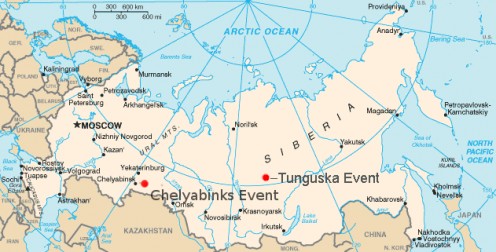
The Tunguska Event 1908
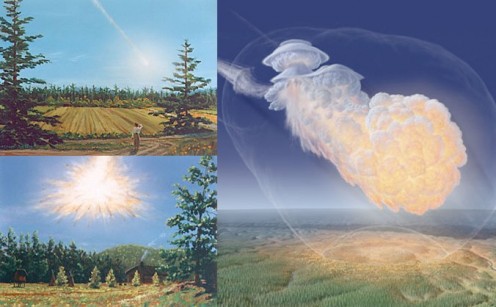
Air Burst Explosion Created By Super Bolide Atmospheric Collision
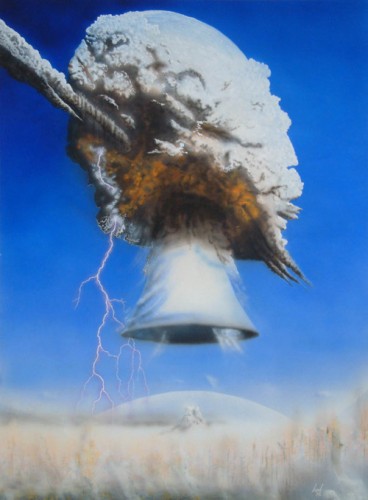
Chelybinsk Meteorite Extracted From Lake
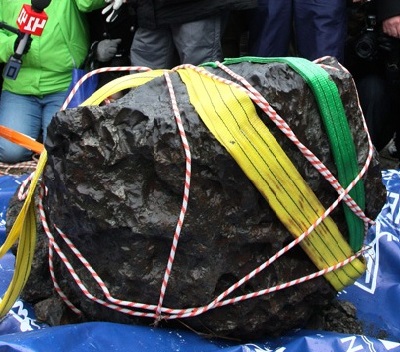
Tunguska and Chelyabinsk
Two major events took place just over a hundred years apart in Russia. The largest of the two events happened in 1908 Tunguska in Siberia. When a blast felt around the world leveled forest and sent a shockwave of destruction throughout the Siberian tundra. The intense heat and force of the meteor flattened forests for twenty miles in all directions. The blast blew out windows of homes a hundred miles away from ground zero. The trees were laid down like matchsticks pointing away from the aerial burst. Just below the blast area at ground zero, a swampy bog had formed. Radiation was detected years later after the event. This was caused by the sheer force of the object blasting through the atmosphere stripping electrons from their orbits creating ionized radiation around the blast zone. Men near the blast were picked up and thrown as far as fifteen feet through the air. The event created a strange incandescence over the northern hemisphere of the earth making it possible to read a newspaper at midnight in London. Had this meteorite struck the earth intact the devastation would have been immense.
In February of 2013, a large object angled from a blind spot hidden in the Sun's glare was recorded on many cell phone, dashcams, and CCTV videos, A bus-sized meteor burst in the skies over Chelyabinsk Russia creating a massive shockwave that spread out over a sixty-five mile radius, blasting out windows and causing the public to panic. Many videos exist of this event and can be seen on the internet. Again this event was a hundred times greater than the Hiroshima bomb dropped on Japan by the United States in World War Two. This event caused minor injuries to the populations ranging from debris fall injuries generated from falling glass, to flash blindness, and Sunburns created by the intense flash of the meteor. The event caused over thirty million U,S, dollars in damage. Had this object impacted the earth the explosion would be the equivalent of a large volcanic event much like Mt. Saint Helens which erupted in 1980 in Southwest Washinton.

Meteor Crater Arizona
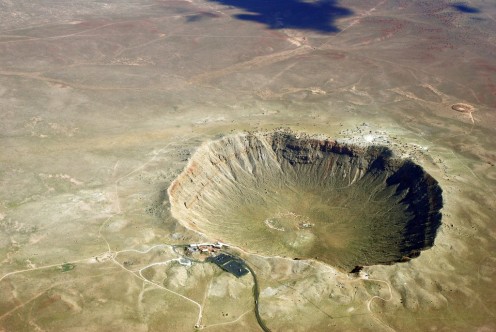
How Often Are We Impacted By Meteors?
Large damage causing meteoroids happen more often than we as a species would like to believe. But in the span of a human life, there may only be one or even no events that take place. But explosions in the atmosphere are a yearly occurrence around the world. We don't notice them but they explode high up in the sky above and rain their dust down on us.They are tracked by radar stations and noted by NORAD.
So if you are really asking me what are the odds I'll die in a meteorite impact event... I'd say you are safer than if you are out in the open during a lightning storm and only a little less safer than if you were to die in a plane crash.
Impact: Earth! Meteor Impact Event Calculator
Impact Event Calculator
In the link you can enter the values of any type of meteor you want and choose its trajectory, angle of decent, mass, velocity, your distance from the event, and what type of strata it will impact. This gives you an idea of how well you would fare in case an impact takes place or is predicted to.
Author's Thoughts
If you watched the videos then you saw how many of these objects actually do come into contact with the atmosphere, which acts as a pretty good buffer from these destructive balls of rock and iron. But some will no doubt get through and cause massive destruction and life as we know it may cease to exist.
Try to imagine a light far brighter than the Sun blazing in neon brilliance to be followed by a flash of white hot light. Then the cracking of the sky having been hit by a stone thrown by God. The ground would tremble and then a blast wave would envelop the globe followed by a scorching heat from the ignited oxygen in the atmosphere. The sky would turn into an oven and the air would be unbreathable. There would be no escape. You may hide underground but there would be no real hope for you. The world will be dead of vegetation and most animal life. Your best hope would be to be near ground zero where you would be instantly vaporized into carbon ash in the blinding explosion when the meteor impacted the ground.


